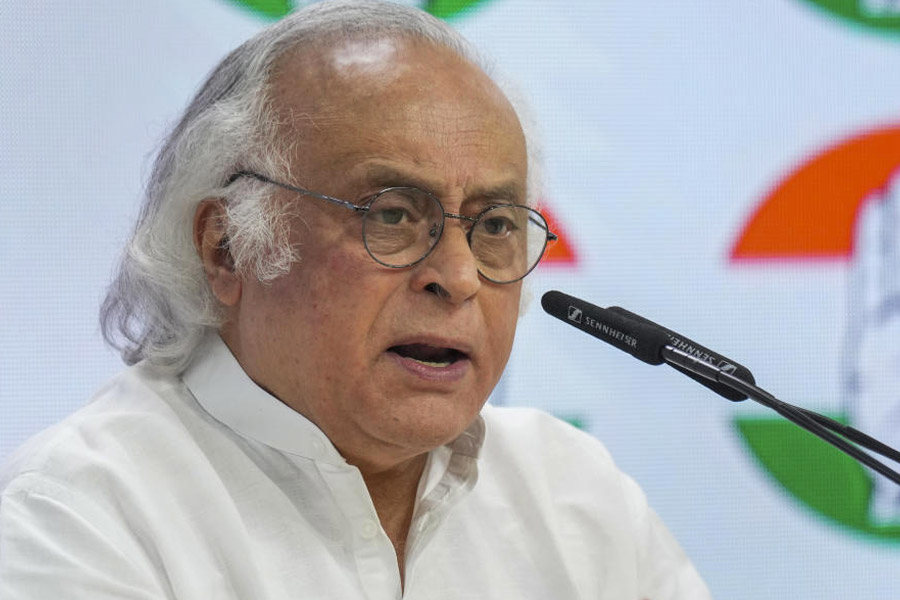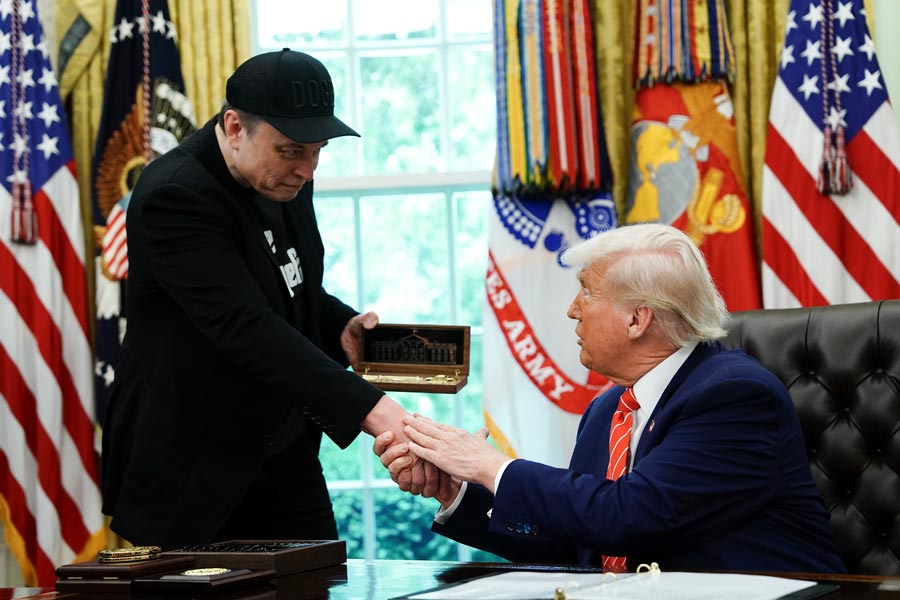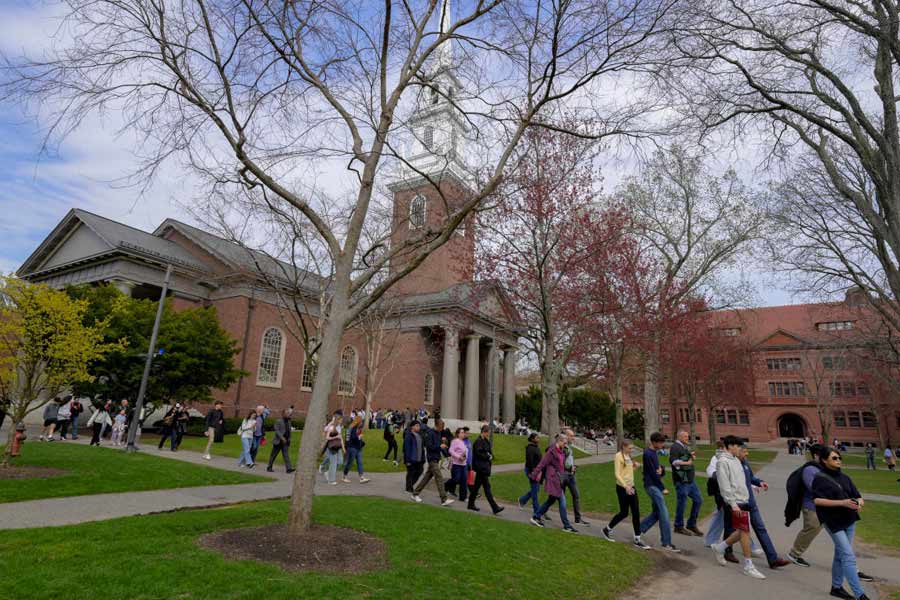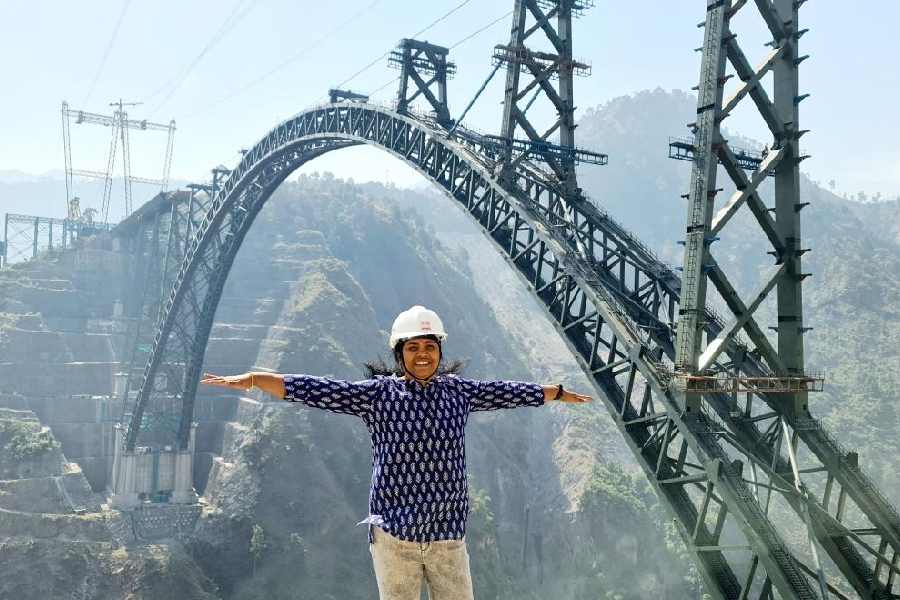 |
| Performers at the All India Radio function. Picture by Avijit Sarkar |
Siliguri, March 30: Jiten Barman is worried about the approaching monsoon. Like every year, he is scared that his thatched roof may give way to the forceful winds and the clay of the floor melt away in the merciless downpour.
“I want to buy a harmonium, but where do I keep it? My house is such that my wife and I have to hold onto the roof to keep it from being blown away,” says the master of several forms of palatia or folk opera, like Bishohari, Kushanpala, Chor Chunni and Gorakhha Nather Gaan.
When Bollywood numbers like “Dil ding dong ding bole” are hitting the popularity charts, it is but obvious what makes the exponent of this form of folk art — almost on the verge of extinction — suffer the pangs of poverty.
Barman, from a remote village in Cooch Behar, was here to sing for the Siliguri audience at a function organised by All India Radio (AIR) on Thursday. This was the first time he performed in a town and for Barman “presenting Bishohari in front of an educated crowd who sat spellbound” was more than he could ask for.
Barman, who inherited the legacy of music from his father, has only one piece of advice for his two children: “Do not become like me, who knows nothing but singing. Study if you want to survive. Sing because it is our culture and keep it alive.” His children are the first in his family to go to school.
The AIR programme brought to the fore the imminent crisis that some folk art forms of north Bengal are facing for the lack of proper patronage.
“These types of folk opera are performed in remote villages of Cooch Behar, North Dinajpur and South Dinajpur. The songs, which are sung in groups, led by a gidal, revolve around the cultural and religious lives of the Rajbanshis,” said Sripada Dutta, station director of AIR.
“In a bid to become popular, the singers often introduce modern innovations, which mar the spirit of the opera. It was with the objective to preserve this art form in its original and pure form that AIR took the initiative to record the musical opera of some selected singers for broadcasting,” Dutta said.
Dotara recital, Kushanpala gaan, Bhawaiya, Bishohari, Khangaan and Baul were the highlights of the show.
For Lalit Mohan Barman, a state-level award-winning artist of Kushanpala gaan, this sort of an effort is like keeping a lion in a zoo.
“The real essence of folk opera is not in singing on sophisticated stages. It is sad that the songs of the soil need to be preserved in a way animals are protected.”
He has to depend on alternative sources of income, like agriculture, to sustain his family.
“My singing does not earn me enough. Last year, I had asked for financial help from the chief minister so that I am able to develop our group further, but there has been no response so far. It is getting increasingly difficult for us to continue. The only reason we carry on singing is because it is a question of our cultural identity,” says Lalit Kushan, as he like to call himself.










